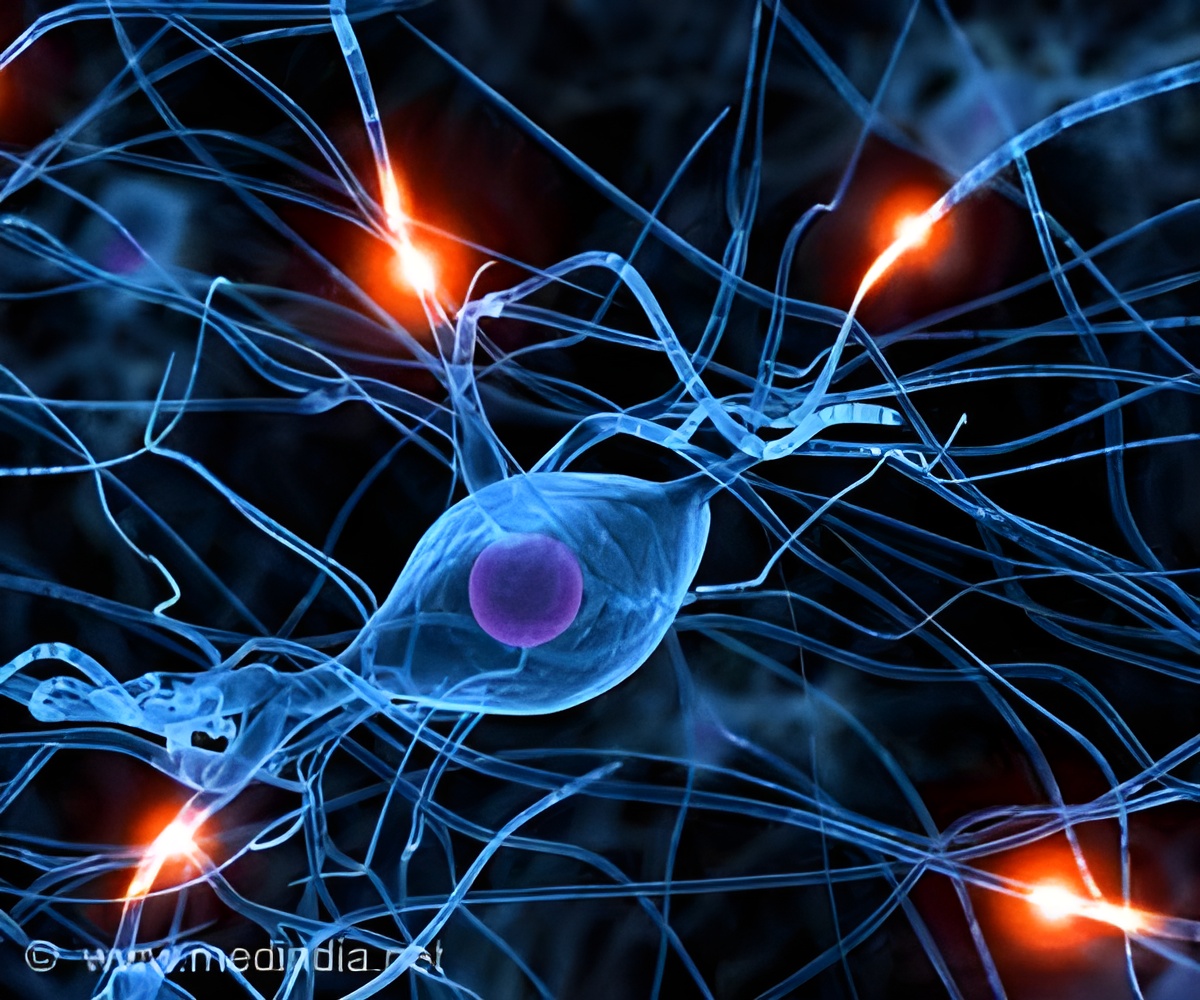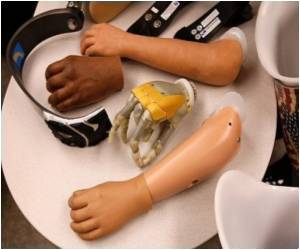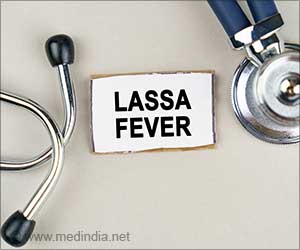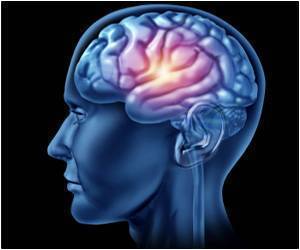TMR shows promise in preventing neuropathic pain and the formation of neuromas if conducted during the amputation procedure.

Targeted Muscle Reinnervation at the Time of Amputation Decreases Recurrent Symptomatic Neuroma Formation
Go to source) "Our experience suggests that that acute TMR reduces neuroma formation, and lowers the incidence of both phantom limb pain and residual limb pain," comments senior author Amy M. Moore, MD, of Ohio State University Wexner Medical Center, Columbus.
‘Targeted muscle reinnervation (TMR) is an efficient method for addressing post-amputation pain that manifests with symptoms. #amputation
’





Patients undergoing amputation are at risk of certain types of chronic pain problems. They may experience phantom limb pain, a sensation of pain in the missing limb; or residual limb pain, felt in the remaining portion (stump) of the amputated limb. For patients who suffer from one or both types of post-amputation pain, the effects on their quality of life are significant. Targeted muscle reinnervation is a surgical procedure in which the cut nerve is transferred, i.e., "re-wired" to a working nerve in an adjacent muscle. First developed to enhance control of prostheses after amputation, TMR may also help to decrease phantom and residual limb pain after amputation. However, there are continued questions about the effects of the timing of TMR: acute or early, performed at the time of amputation; or delayed, performed after the development of a symptomatic neuroma.
Dr. Moore and colleagues reviewed their experience with TMR in 103 patients (105 limbs) undergoing amputation. In 73 limbs, acute TMR was performed at the time of amputation. In 32 limbs, TMR was delayed, performed after development of a symptomatic neuroma – i.e., scarring and disorganized regrowth of cut nerves.
Comparison suggested improved outcomes in the immediate TMR group. Just one percent of patients undergoing acute TMR had recurrent, symptomatic neuromas in the area served by the reconnected nerve, compared to 19 percent in the delayed TMR group. The difference remained significant after adjustment for other characteristics (age, sex, and limb involved). Neuroma risk in other nerve distributions was unaffected by the timing of TMR.
Patient-reported pain scores were available for 62 limbs in the acute TMR group and 20 in the delayed TMR group. Patients undergoing acute TMR had lower pain intensity and severity scores, as well as lower scores for pain interference with daily activities.
Enhancing Post-Amputation Results: Further Support for TMR's Effectiveness in Early Intervention
The findings add to previous promising results for TMR in improving post-amputation outcomes. The researchers note that the observed 1.4% neuroma rate in the acute TMR group is lower than reported in previous studies, supporting "the effectiveness of early intervention with TMR." They add: "[E]arly restoration of the physiologic function of nerves treated by TMR in the acute amputation setting may prevent those nerves from aberrantly regenerating in the absence of TMR."Advertisement
While acknowledging the limitations of their single-center, non-randomized study, Dr. Moore and coauthors conclude: "The results further highlight the promising role of TMR in the prevention of neuropathic pain and neuroma formation when performed at the time of amputation and reinforce what we know about TMR as an effective procedure to treat symptomatic post-amputation pain."
Advertisement
- Targeted Muscle Reinnervation at the Time of Amputation Decreases Recurrent Symptomatic Neuroma Formation - (https://pubmed.ncbi.nlm.nih.gov/37199690)










